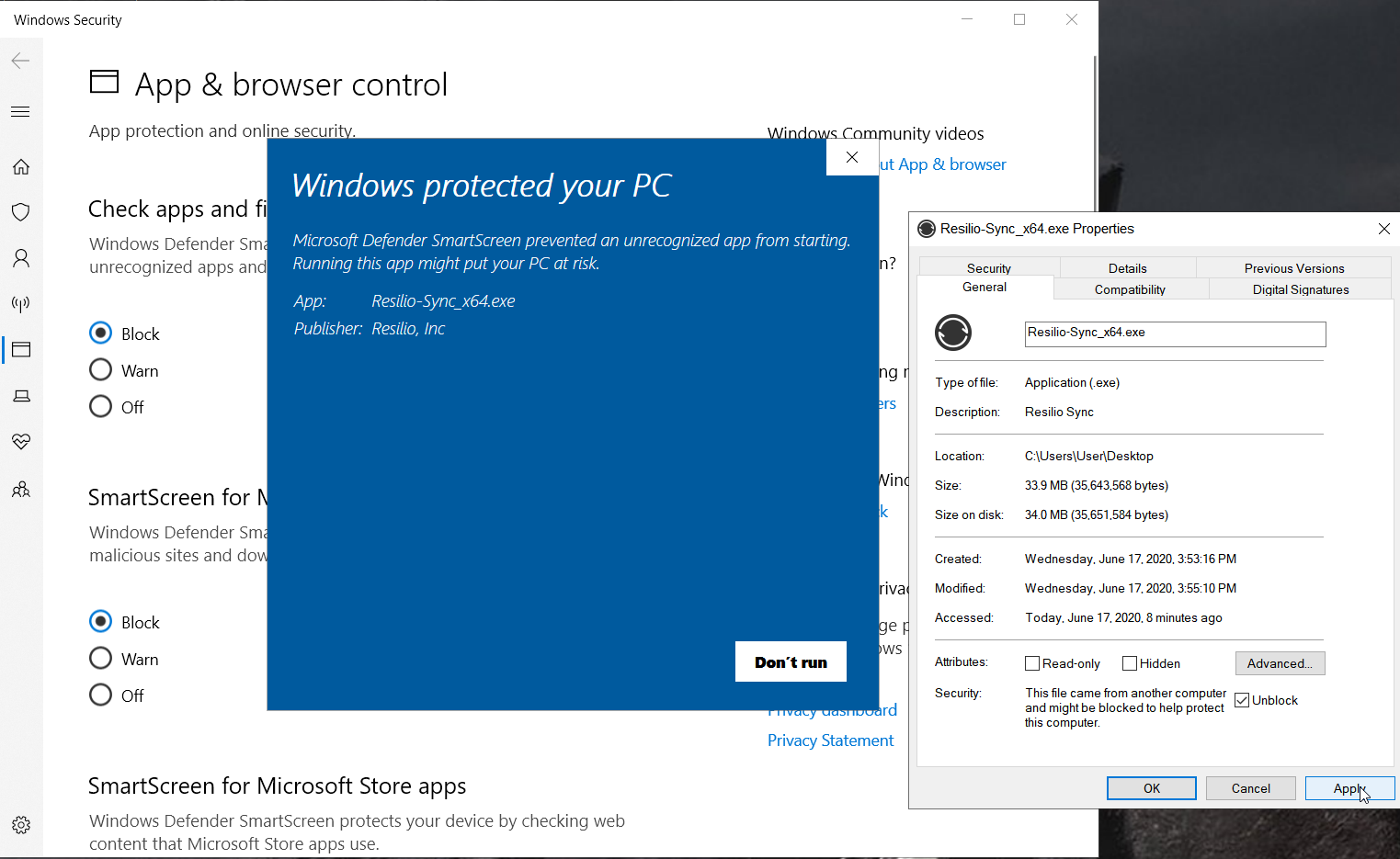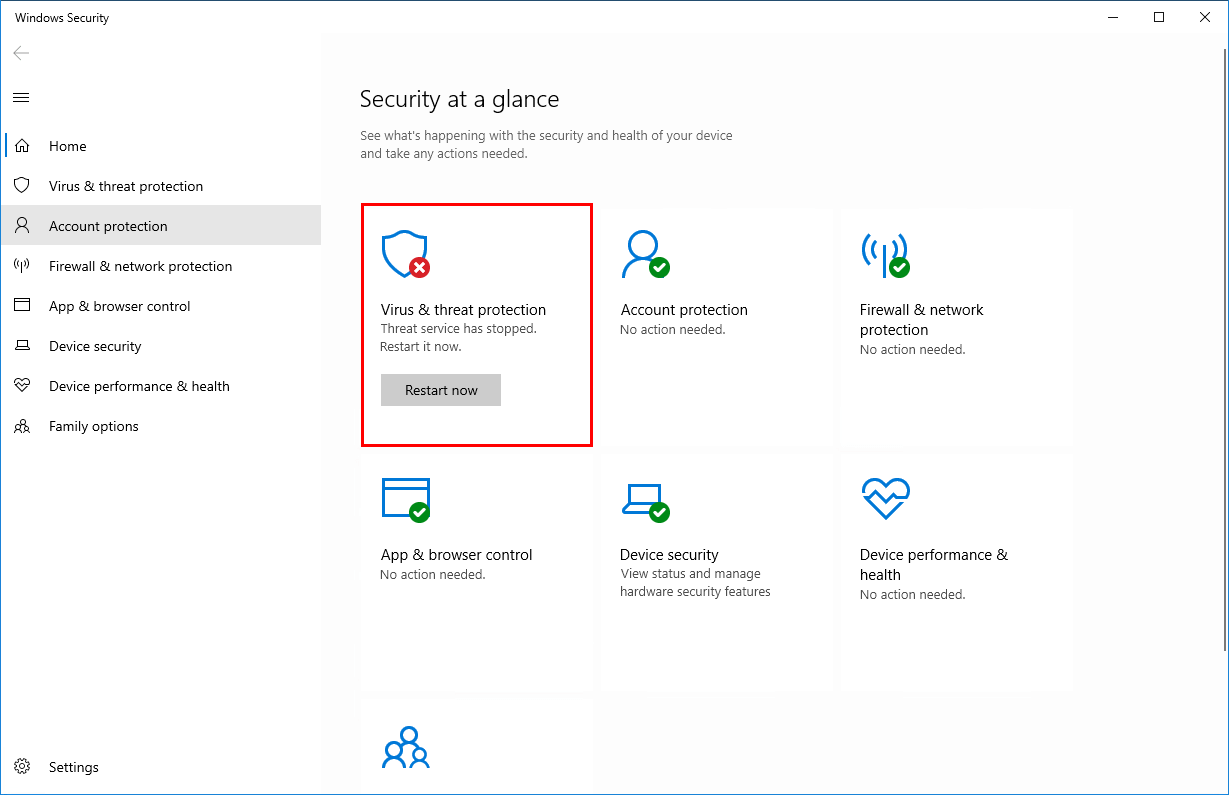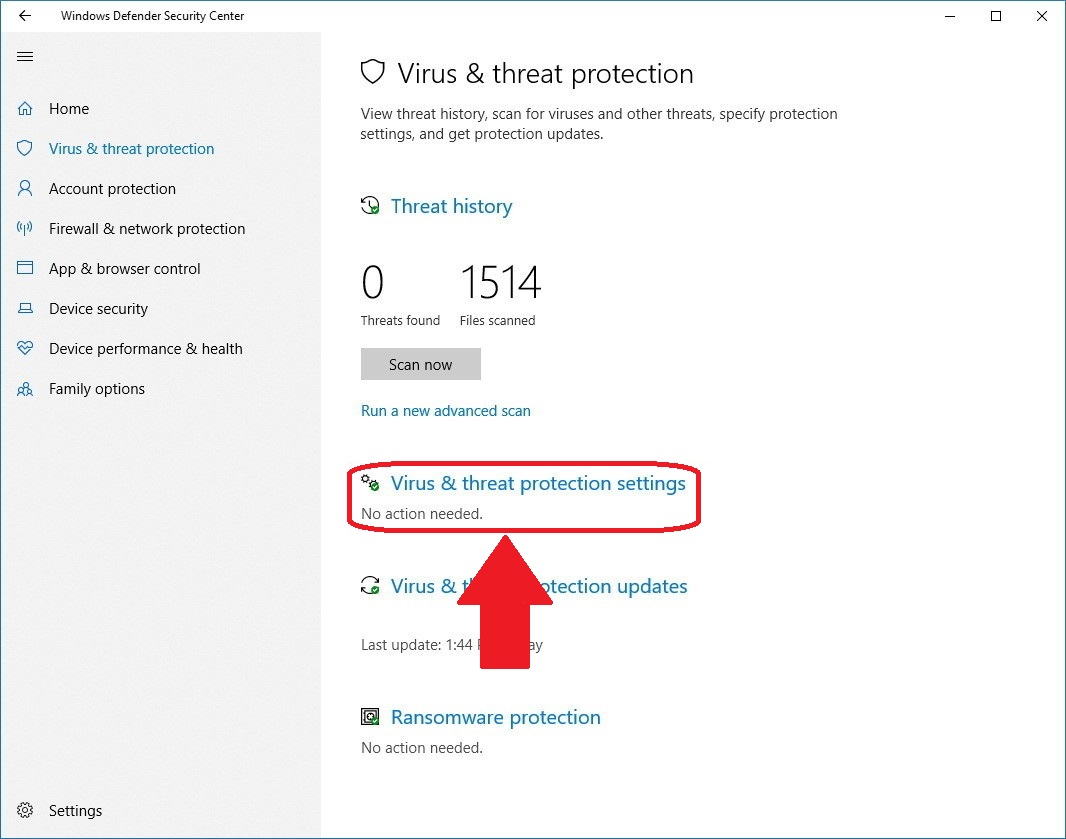

Since standard users in managed environments usually do not have permission to install programs at all, this option is rarely needed there. With the Configure App Install Control option, you can ensure that users are only allowed to add store apps.

Those for File Explorer are designed to prevent problematic applications from installing or running. There are two settings each in the Explorer and Microsoft Edge folders. The settings for this can be found under Computer Configuration > Policies > Administrative Templates > Windows Components > Windows Defender SmartScreen.

In managed environments, SmartScreen is usually configured centrally via GPOs. Configure Defender SmartScreen using group policies They warn users when entering passwords in malicious apps and websites, when reusing passwords, and when saving them in files. The three options for the new phishing protection are also present here. Protection from potentially unwanted apps is also a feature of SmartScreen If you want to configure Defender SmartScreen interactively, the settings for it are located in the Windows Security app under App and browser Control > Reputation-based protection. Interactive configuration of Defender SmartScreen In addition, advanced phishing protection monitors whether users save their passwords in Office documents, in WordPad, or in text files and warns them about this behavior. If one of these websites gets hacked and the passwords are circulating on the Internet, attackers take advantage of such lists for brute force attacks. This is particularly problematic when employees reuse the password for their company account on social media or online stores.

Monitoring passwords entered into web applications also helps to stop the widespread bad habit of using the same password for multiple accounts. In this way, admins find out that a password may have been compromised, and hence can force the password to be changed if the user has ignored the corresponding warning. If companies use Microsoft Defender for Endpoint, this incident will appear in the MDE portal. All Chromium-based products are supported. If users enter their Windows passwords (Microsoft account, Active Directory, Azure AD, or one for local accounts) into fraudulent websites, SmartScreen will prompt them to change their password. In doing so, it provides the following three functions: Entering passwords into insecure sites Windextends SmartScreen's protection against phishing attacks in that it monitors the use of passwords. To minimize such false alarms, another criterion is the reliability of the source from which a file was downloaded. Conversely, SmartScreen may object to a harmless but relatively exotic program.


 0 kommentar(er)
0 kommentar(er)
